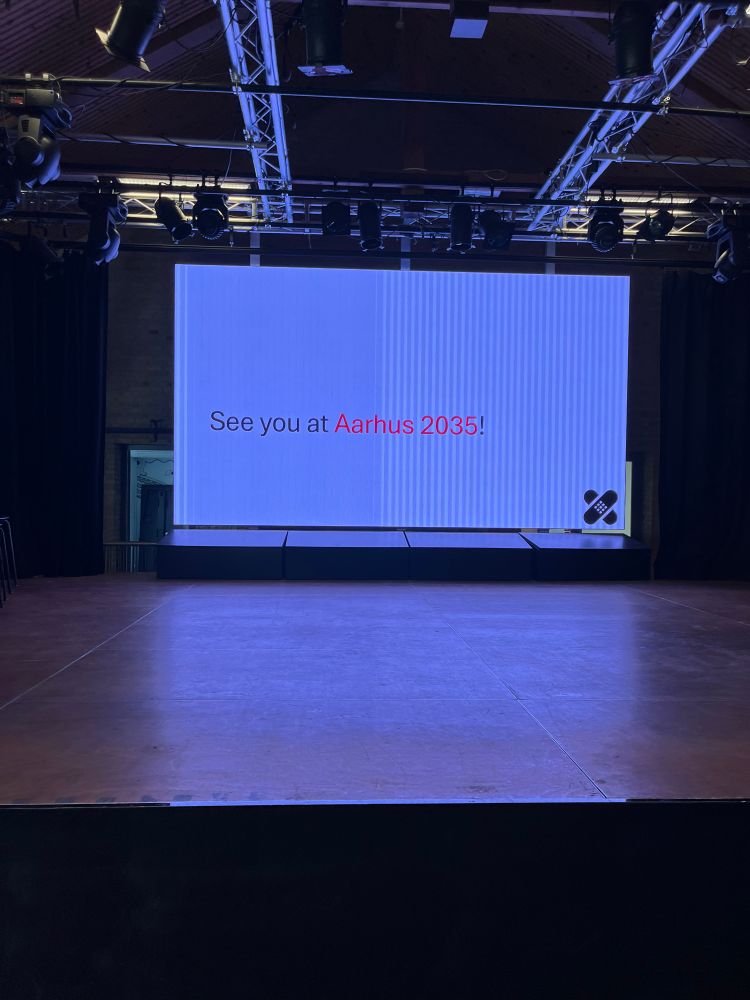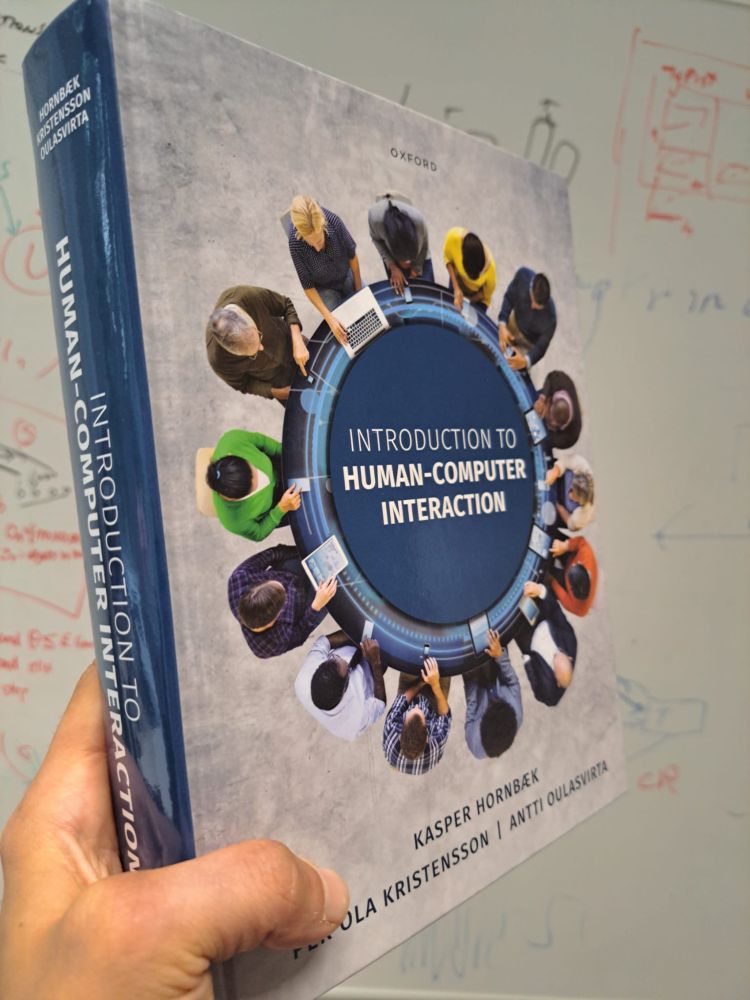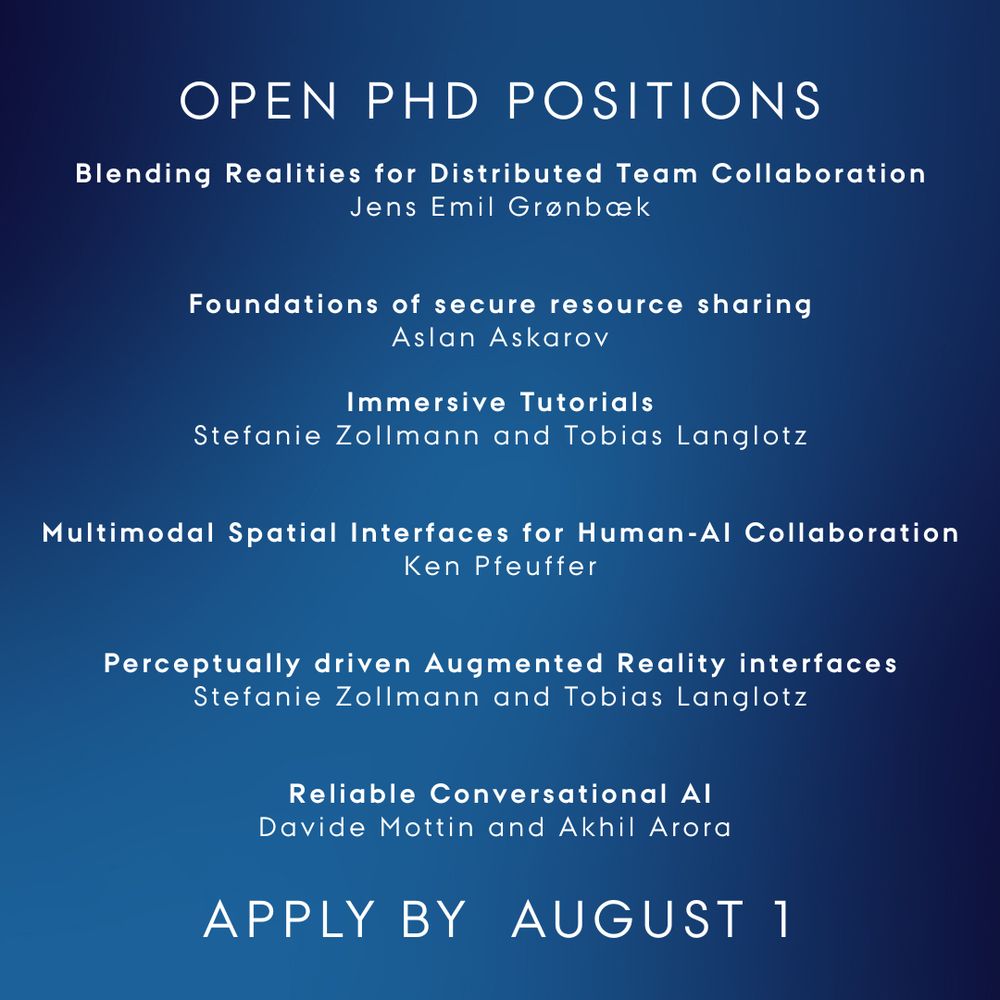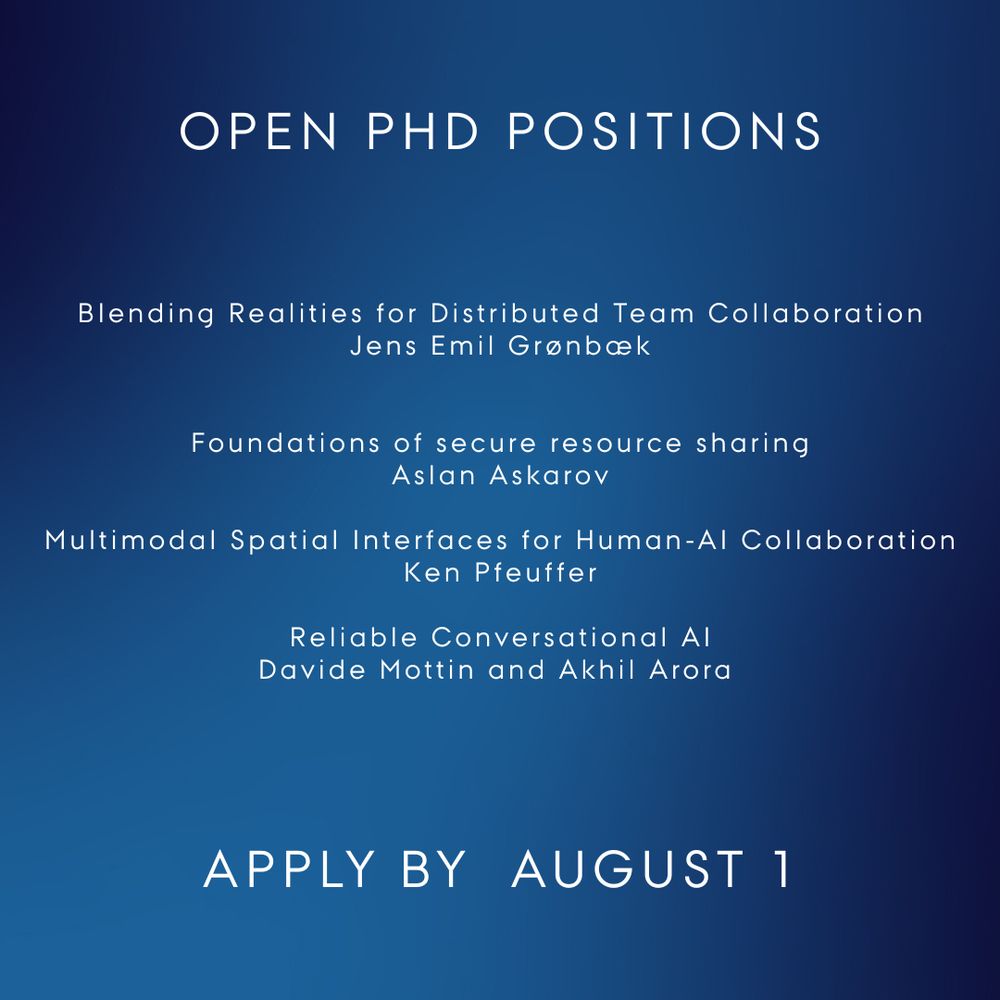Clemens Nylandsted Klokmose
@clemens.klokmose.net
170 followers
190 following
26 posts
Associate professor @ Computer Science, Aarhus University. Arcade game enthusiast. Bass player.
Web page (work): https://cs.au.dk/~clemens/
Posts
Media
Videos
Starter Packs
Reposted by Clemens Nylandsted Klokmose
Reposted by Clemens Nylandsted Klokmose
Reposted by Clemens Nylandsted Klokmose
Reposted by Clemens Nylandsted Klokmose
Reposted by Clemens Nylandsted Klokmose
Reposted by Clemens Nylandsted Klokmose
Reposted by Clemens Nylandsted Klokmose
Reposted by Clemens Nylandsted Klokmose
Josh Horowitz
@joshuahhh.com
· Jun 10

Malleable software: Restoring user agency in a world of locked-down apps
The original promise of personal computing was a new kind of clay. Instead, we got appliances: built far away, sealed, unchangeable. In this essay, we envision malleable software: tools that users can...
www.inkandswitch.com









